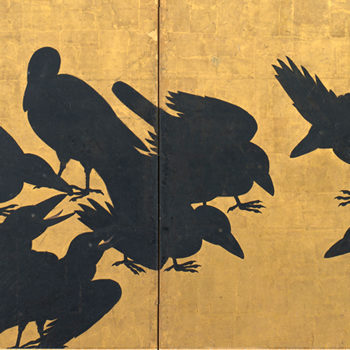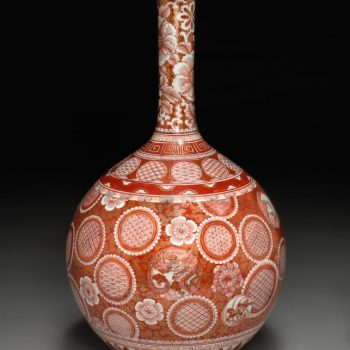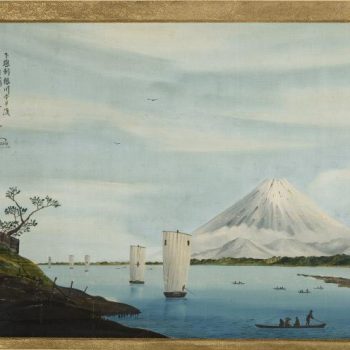TEACH JAPAN
Resources for students and educators


TEACH JAPAN
Resources for students and educators

The projects in this guide connect to a wide range of core curriculum subject areas and can be adapted for a
variety of grade levels to meet Washington State Standards and Common Core Standards of Learning. The projects and discussions outlined in this guide may be conducted independent of a trip to the exhibition Luminous: The Art of Asia. Each section of this guide includes works of art from SAM’s permanent collection featured in the Luminous: The Art of Asia. Additional information can be found on SAM’s website (seattleartmuseum.org/luminous) as well as in the resource section of this guide.
OBJECTIVES
1. Introduce students to the art and history of Asia across time and place.
2. Prompt discussions that allow students to share their own insights and perspectives.
3. Encourage creative exploration and discovery.
4. Deepen students’ understanding of how culture and art are shaped by context and that the meaning
and interpretation of these objects can shift over time.
5. Build thematic connections between works of art and classroom curricula.

At the end of the 9th century, Japan was prohibited from sending any more envoys (trade representatives) to Tang China. The trade ban was not lifted until many centuries later in Japan’s Muromachi period (1392-1573), when the Japanese Shogun (military ruler) Ashikaga Yoshimitsu sent a ship to Ming China in 1401 (Oei 8, by the Japanese calendar). This marked the re-opening of trade relations between Japan and Ming China.

This lesson plan explores why wealthy Europeans wanted Asian luxury goods, like porcelain, and how they obtained these goods through import.

When Japan opened its port to international trade in the 1850s and emerged from centuries of self-imposed isolation, Japanese prints, albums and objects arrived in Europe and North America in unprecedented quantities. In the frenzy of collecting and admiration that followed, Japanese art caught the eye of designers and artists seeking fresh solutions to artistic problems.
Find out more about TeachJapan.
Lead funding for the Asian Art Museum’s TeachJapan is generously provided by The Japan Foundation Center for Global Partnership.
Additional support is provided by Susan and Kevin McCabe.
Teach Japan was created in collaboration with the following arts organizations: